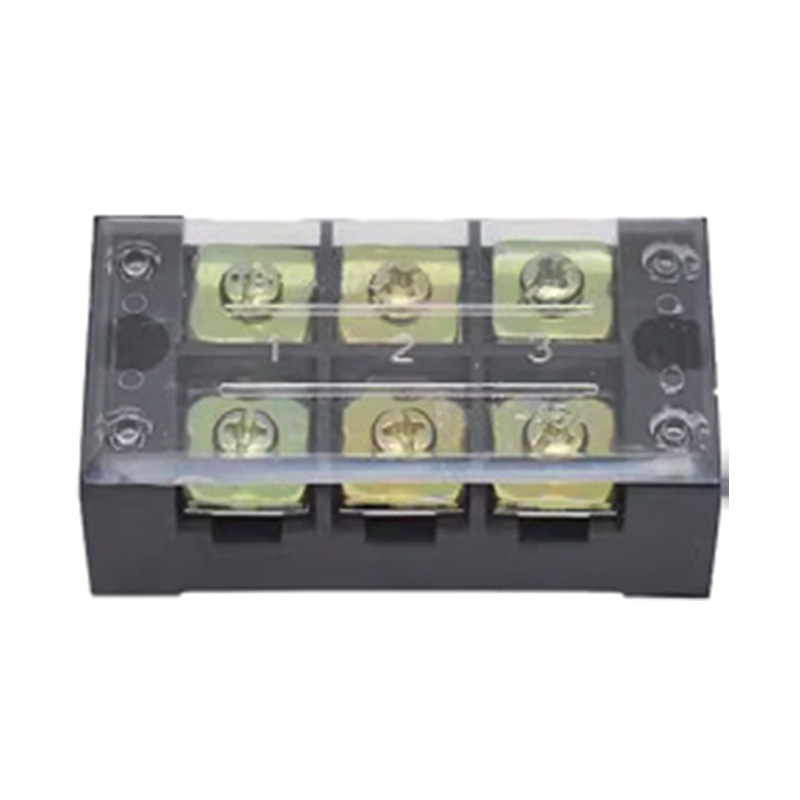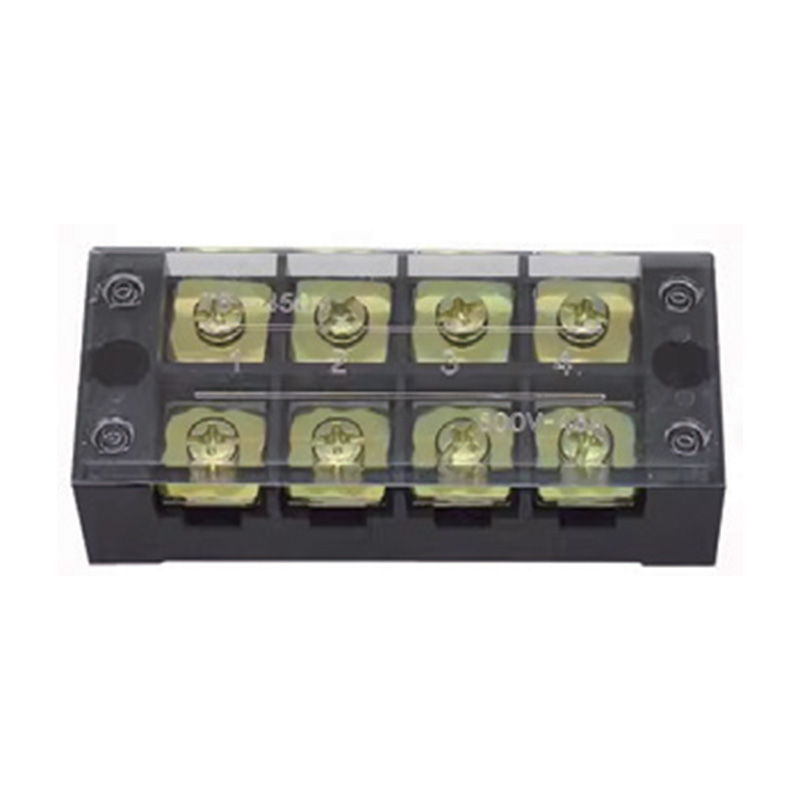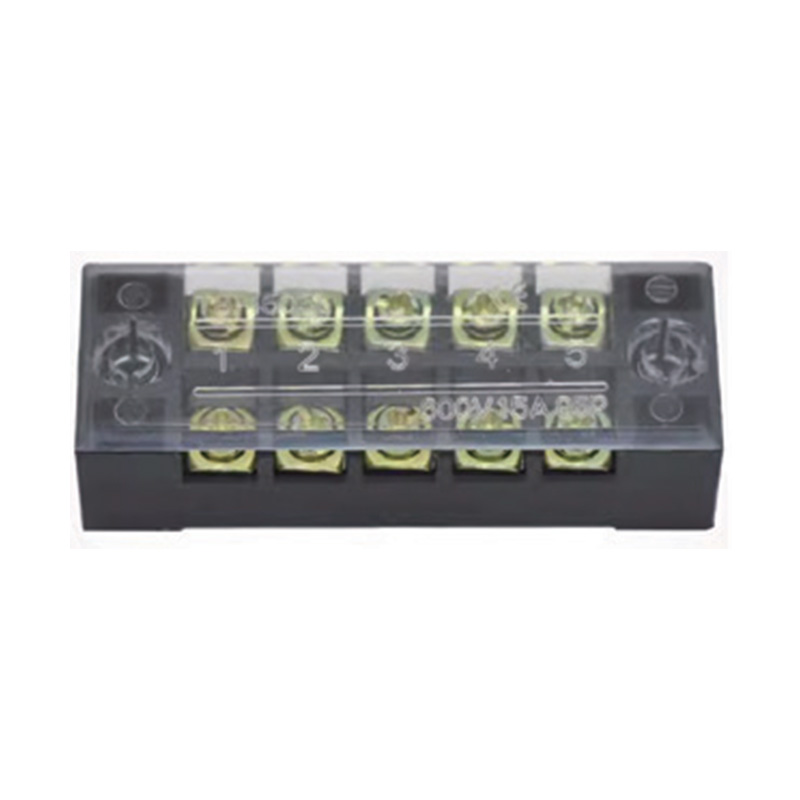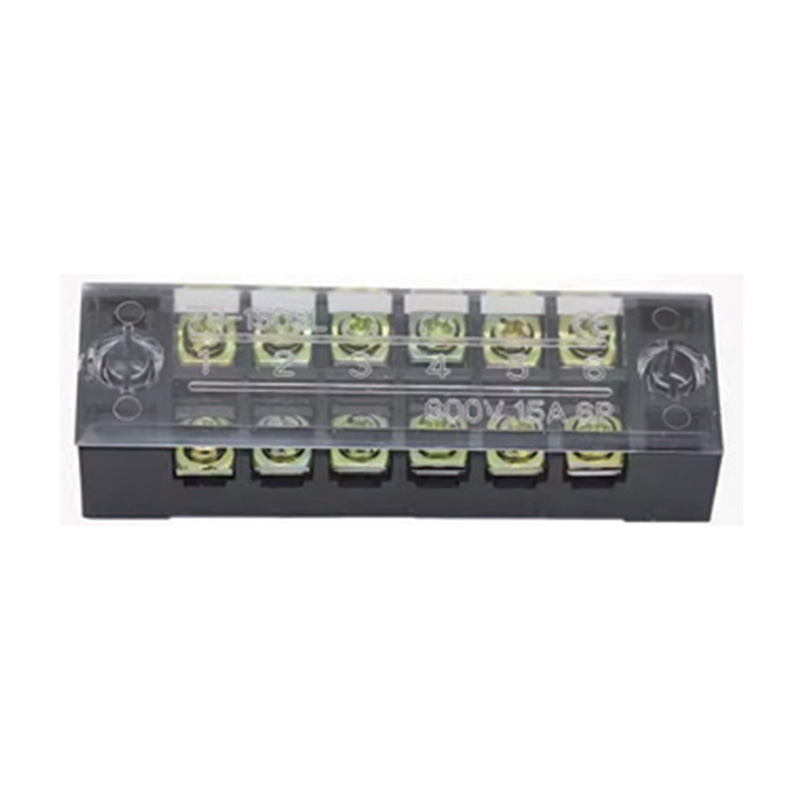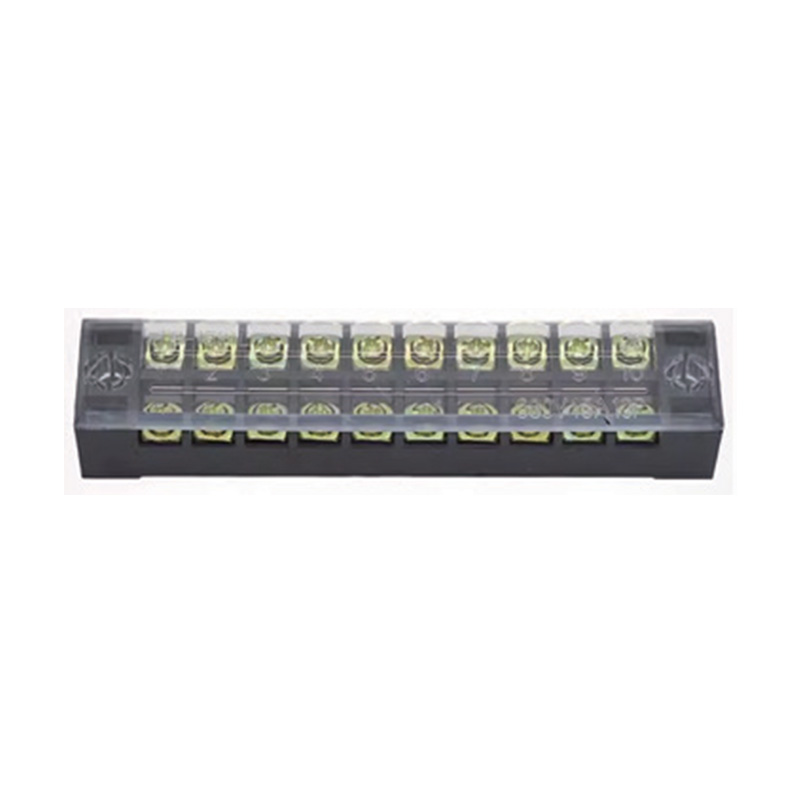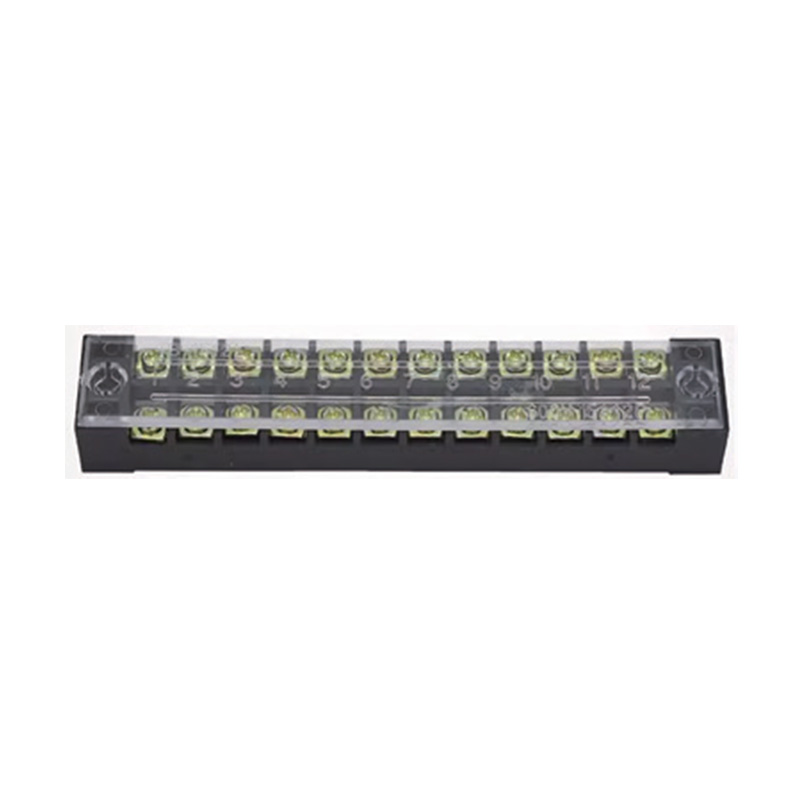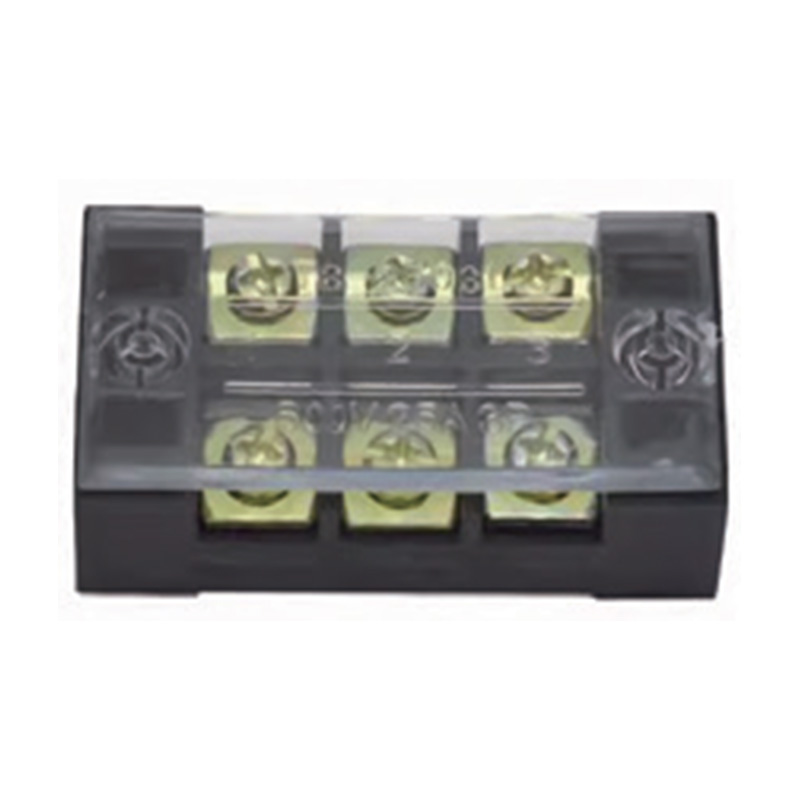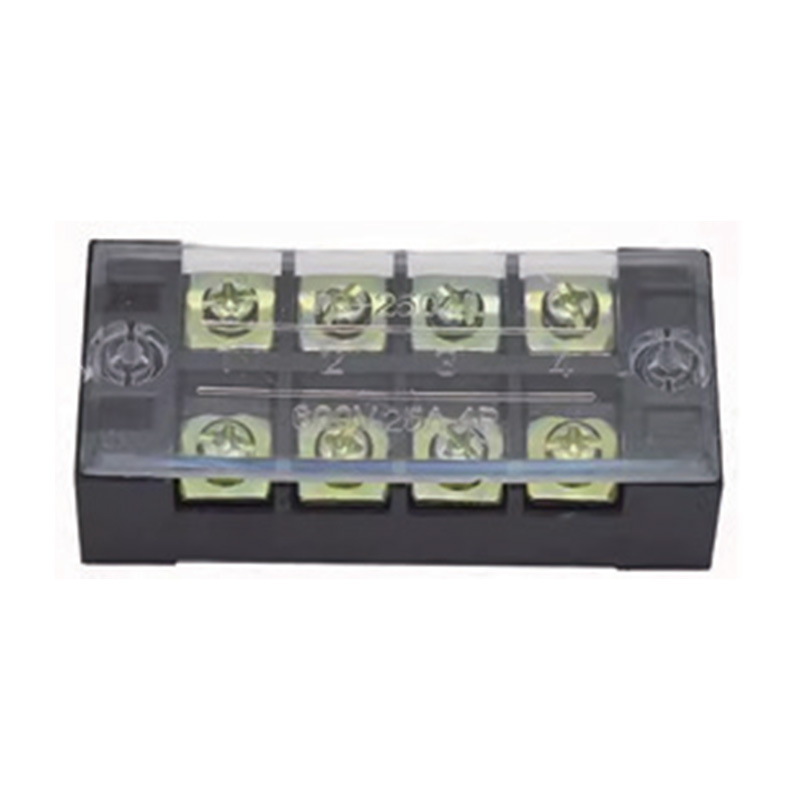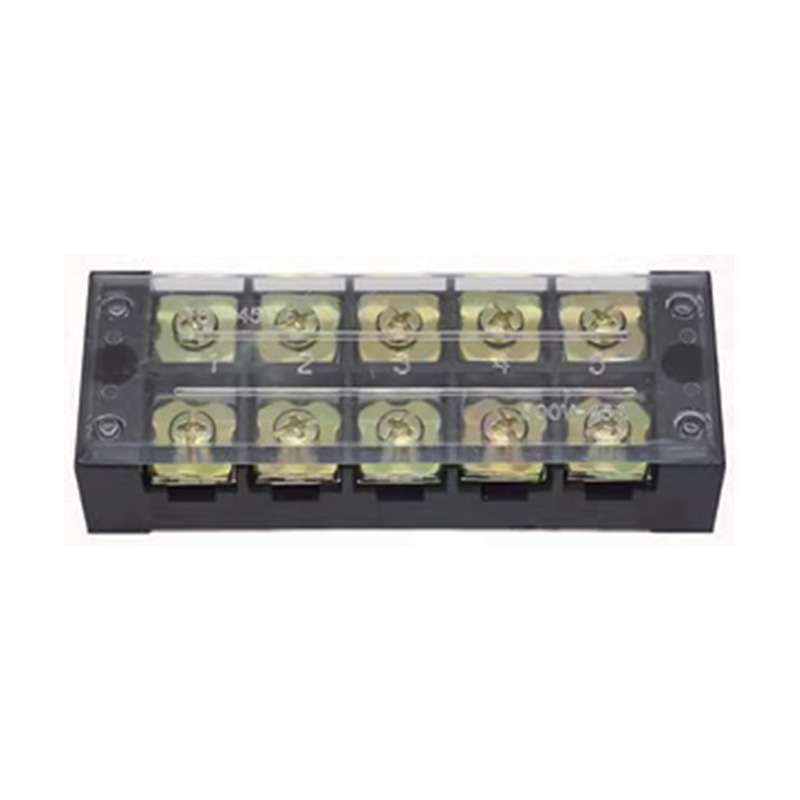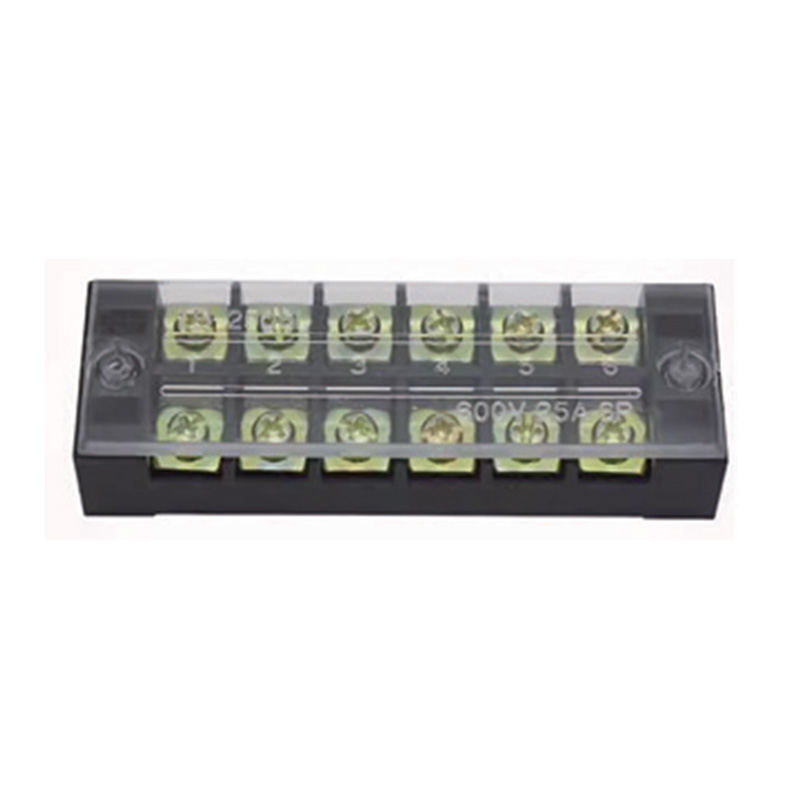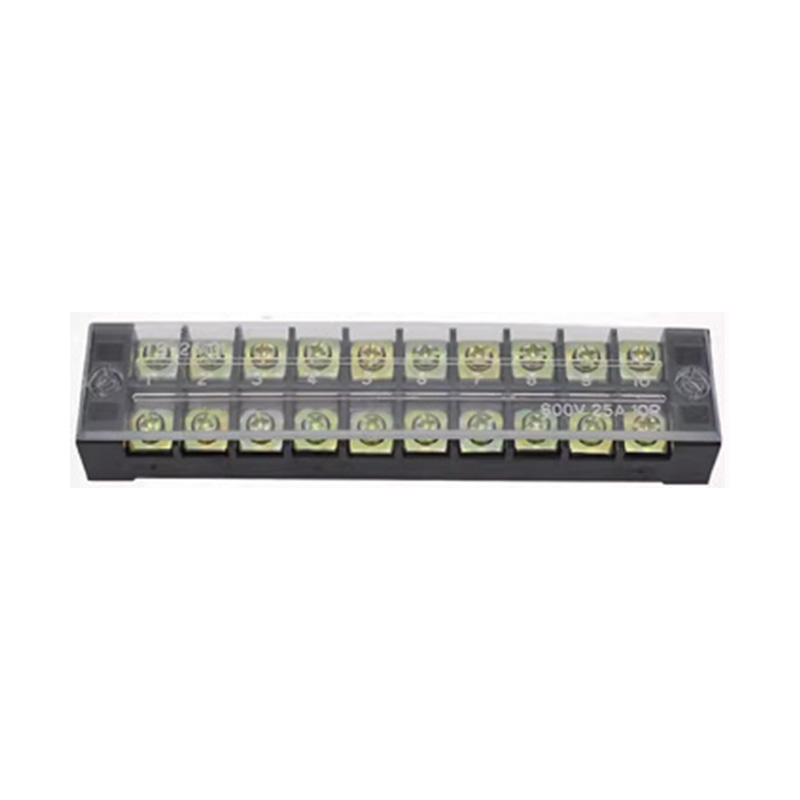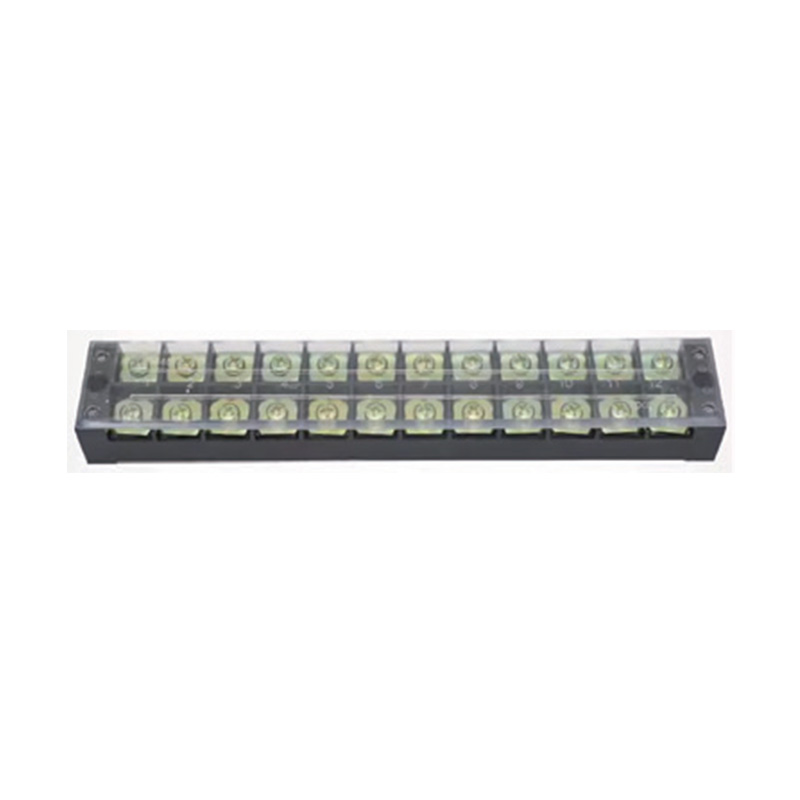Understanding and selecting the correct IP rating is essential when choosing a Waterproof Junction Box or Waterproof Distribution Box. It ensures safety, reliability, and long-term...
READ MORE-
-
Outdoor electrical installations face unique challenges that require specialized components to ensure their reliability and safety. Among the more important components are metal ca...
READ MORE -
Durability is a key factor when designing and maintaining electrical systems. With so many environmental challenges that electrical installations face—such as excessive temperature...
READ MORE -
Safety compliance is not just about adhering to regulations; it’s about protecting people, equipment, and infrastructure from the risks of electrical hazards. Electrical fires, sho...
READ MORE
Industry Knowledge Extension
What Are the Main Types and Applications of Terminal Blocks?
Terminal blocks are modular, insulated blocks that secure two or more wires together, providing a reliable and organized method for connecting electrical circuits. They are fundamental components in electrical enclosures, control panels, and various equipment, ensuring secure connections and simplifying maintenance. Several main types exist, each suited to specific applications.
Barrier Terminal Blocks: These are among the common types. They feature a screw clamp mechanism separated by a barrier wall, which helps prevent short circuits by keeping the connections isolated. They are highly versatile and used in a wide array of industrial applications for connecting power and control wiring where vibration is not a major concern.
PCB Mount Terminal Blocks: As the name implies, these terminals are designed to be soldered directly onto printed circuit boards (PCBs). They provide an interface for connecting external wires to the board, eliminating the need for direct soldering of wires. This type is ubiquitous in consumer electronics, industrial controls, and telecommunications equipment.
Plugable Terminal Blocks: These blocks feature a plug and socket arrangement. The base portion is wired and mounted to a DIN rail, while the upper section containing the wire connections can be unplugged. This design allows for easy disconnection of circuits for testing or maintenance without disturbing the wiring. They are particularly valuable in complex control systems where downtime must be minimized.
Other common types include feed-through blocks for simple wire-to-wire connections and fuse blocks that integrate circuit protection. The application dictates the choice; heavy-duty power connections require blocks rated for high current and voltage, while data signals might use specialized blocks to prevent interference.
What are the Differences Between Terminal Blocks and Strips?
The terms "terminal block" and "terminal strip" are often used interchangeably in casual conversation, which can confusion. However, a subtle but meaningful distinction can be drawn between the two based on their physical construction and typical usage.
A terminal block typically refers to a single, modular unit. It is an independent, insulated housing that contains one or more individual connection points. These blocks are designed to be mounted on a DIN rail, a PCB, or directly to a surface, and they can be combined or ganged together to create a multi-pole connection system. The emphasis is on the modularity and individuality of each unit. For example, an engineer might select a specific number of five-pole terminal blocks to build a custom connection interface for a control panel.
A terminal strip, on the other hand, often describes a single, long, pre-molded piece of insulation that houses multiple connection points in a linear array. Historically, this term was associated with strips of screw terminals mounted on a ceramic or plastic base that were used in older equipment and tube amplifiers. The term "strip" implies a less modular, more unified structure. In modern contexts, a series of individual terminal blocks snapped together onto a DIN rail is frequently called a terminal strip, blurring the distinction.
What Are Barriers and Terminal Strips?
Within the realm of electrical components, the terms "barrier terminal strip" and "terminal strip" are closely related, with one being a specific subtype of the other. Understanding their relationship is key to selecting the right component for an application.
A terminal strip is a general term for an assembly of multiple screw terminals arranged in a linear sequence. Its primary function is to organize and distribute electrical connections in a centralized, accessible location. This allows for the neat termination of numerous wires coming from different parts of a system, such as in an industrial control panel or an automotive wiring harness. The strip simplifies wiring, reduces clutter, and makes circuit testing and modification significantly easier.
A barrier terminal strip is a specific and very common type of terminal strip. Its defining characteristic is the presence of raised insulating walls, or barriers, between each individual terminal. These barriers serve a critical safety function. By physically separating the metal conducting parts of adjacent terminals, they prevent wires from accidentally touching and creating a short circuit, even if a screw becomes loose or a wire frays. This design also provides enhanced protection against electrical arcing and improves overall mechanical strength.
Barrier strips are particularly favored in applications involving higher voltages and power levels, where the risk and consequence of a short circuit are greater. They are also ideal for environments subject to vibration, as the barriers help contain any potential connection failure. While a basic terminal strip without barriers might be sufficient for low-voltage, low-current signal wiring where space is limited, the barrier strip is the go-to choice for robust, safe, and reliable power distribution and wiring consolidation in demanding electrical environments.


 English
English 中文简体
中文简体 Español
Español عربى
عربى

